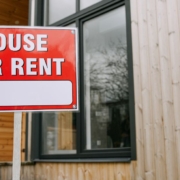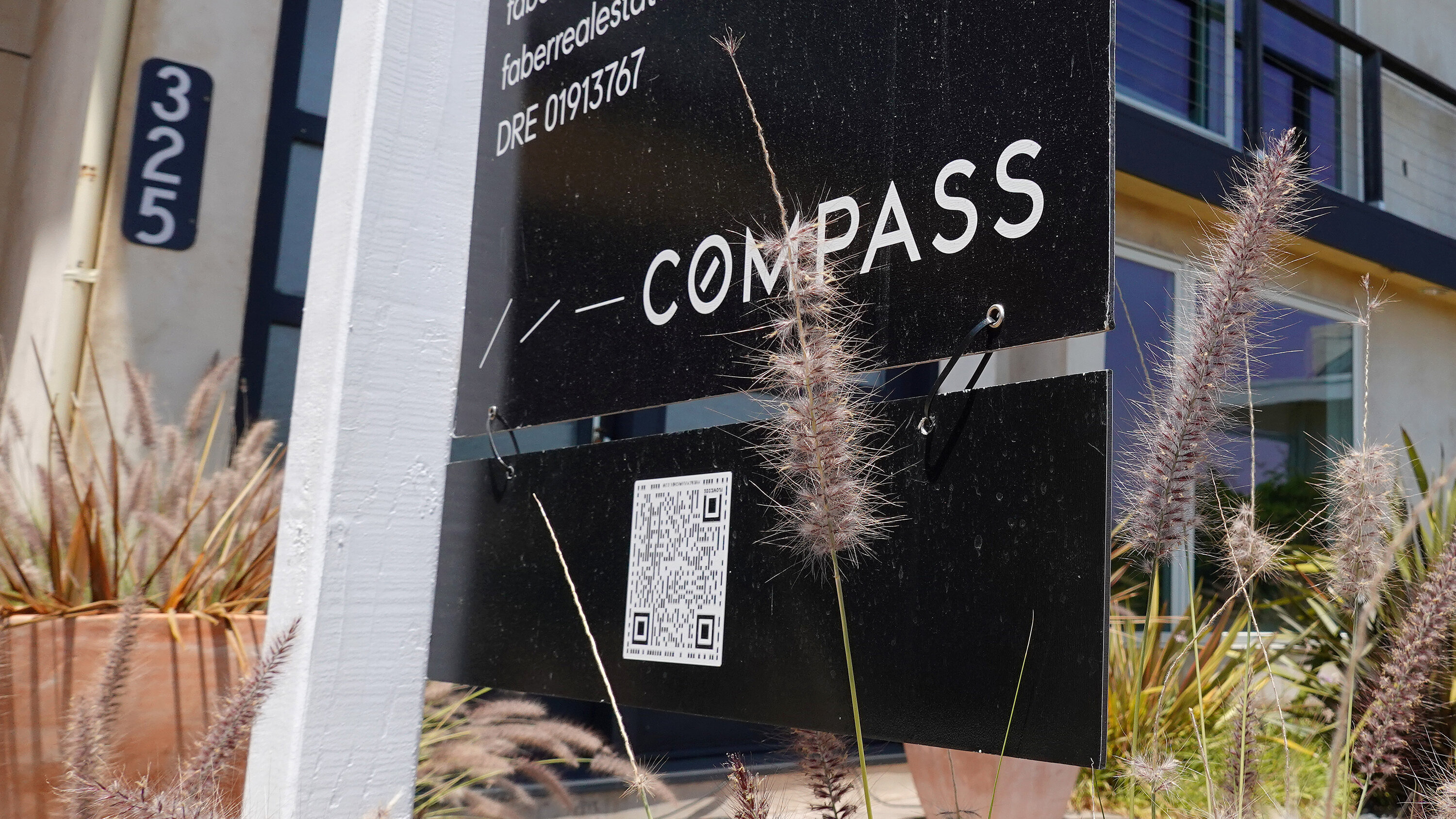How real estate investors are propping up U.S. home sales
Of the approximately 86 million single-family homes and townhouses across the U.S., 17 million, or nearly 20%, are “non-owner occupied” — in other words, investor-owned.
Contrary to popular perceptions of institutional mega-investors hoarding U.S. real estate, 87% of investor-owned, single-family housing is owned by small-time entrepreneurs with 1 to 5 properties in their portfolio.
In fact, more than 90% are owned by investor-buyers with fewer than 11 properties, and large investors have been net sellers for six consecutive quarters, according to second quarter figures analyzed by BatchData, a real estate analytics platform geared toward investors, and CJ Patrick Company, a real estate consulting firm.
The shrinking volume of home sale transactions pushed the share of investor home purchases to 33% in the second quarter, a 15% increase from the first quarter but a 12% decline year over year, per BatchData.
The growing investor share reflects the stabilizing impact that segment of buyers has on the home sales market overall, the company says.
“Without this investor participation, many markets would face severe illiquidity and potentially destabilizing price volatility,” the BatchData report reads. Such price volatility, though challenging for sellers to navigate, could induce more owner-occupied transactions, however.
First-time homebuyer participation plummeted during the historically high-activity spring homebuying season, with BatchData assessing first-time homebuyer participation at 24% in the second quarter, an 8% decline from 2023.
By July, the typical U.S. household was earning roughly 46% less than recommended to afford a median-priced home ($439,950) when employing a common measure of affordability, according to the National Association of Realtors.
“With traditional buyers sidelined by financing constraints that doubled monthly payments compared to recent norms, investors provide critical liquidity in an otherwise constrained market,” the BatchData report reads.
Investors buy residential real estate for a variety of purposes, including to hold as rental properties or to renovate and flip for a profit. The number of homes flipped by investors has declined for two consecutive years, however, amid high single-family rental demand.
The 297,885 single-family homes and condominiums flipped in 2024 reflected a 7.7% decline from 2023 and 32.4% decline from the 441,000 homes flipped in 2022.
Home flipper profit margins slid to 17-year lows in the second quarter of 2025, eroded by high prices for pre-flip housing stock and rising repair costs. Concurrently, growing interest in “fixer-uppers” among owner-occupied buyers adds competition for fix-and-flip investors.
Despite softening market conditions for buyers, home prices remain prohibitively expensive for typical consumers, sidelining prospective homebuyers. Renter households rose 2.6% amid an overall decline in the homeowner population during the second quarter.
Investors have risen to meet that demand, too, says BatchData, stabilizing rental supply by adding new units through flips or renovate-and-hold strategies. With an average of just three properties each, individual investors own 41% of all U.S. single-family rental units.
States with the highest percentage of investor-owned homes in the second quarter were Maine (31.1%), Montana (31%), Alaska (27.2%) and Hawaii (26%). States with the lowest shares were Minnesota (9.3%), Colorado (10.1%) and Connecticut (10.6%).







![A panoramic view of the Financial Supervisory Service. [Photo = News1]](https://007re.net/wp-content/uploads/2025/09/Among-domestic-financial-companies-investments-in-the-overseas-real-estate-180x180.png)
![A panoramic view of the Financial Supervisory Service. [Photo = News1]](https://007re.net/wp-content/uploads/2025/09/Among-domestic-financial-companies-investments-in-the-overseas-real-estate.png)





